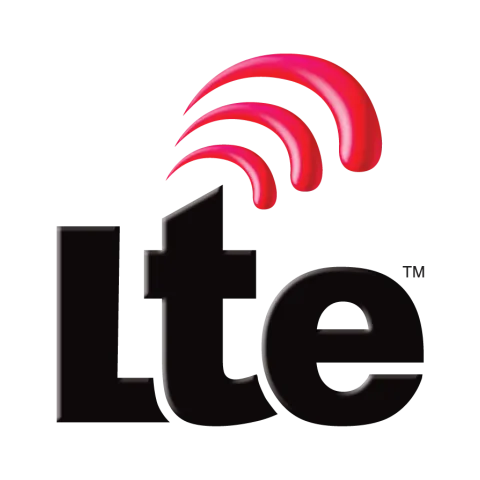LTE was introduced in December 2008 when, after several years of development, Release 8 of the specification was finalised. In comparison to legacy 2G and 3G networks, the objective of LTE was to provide high spectral efficiency, high peak data rates, short round trip time, and flexibility in frequency and bandwidth.
The new all-IP standard was based on OFDMA (Orthogonal Frequency Division Multiple Access) and in combination with higher order modulation (up to 64QAM), large bandwidths (up to 20 MHz) and spatial multiplexing in the downlink (up to 4x4) high data rates can be achieved. The highest theoretical peak data rate on the transport channel is 75 Mb/s in the uplink, and in the downlink using spatial multiplexing, the rate can be as high as 300 Mb/s.
As a summary, the first LTE release (Rel. 8) supported the following:
- 20 MHz channel sizes
- 4x4 MIMO spatial multiplexing
- 64QAM Modulation Downlink
- 16QAM Modulation Uplink
- 300 Mb/s DL (Peak)
- 75 Mb/s UL (Peak)
